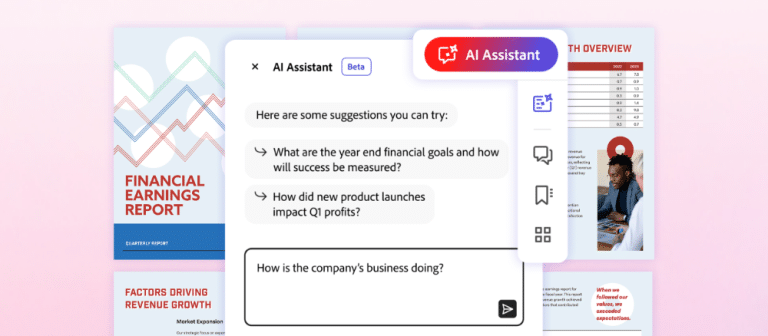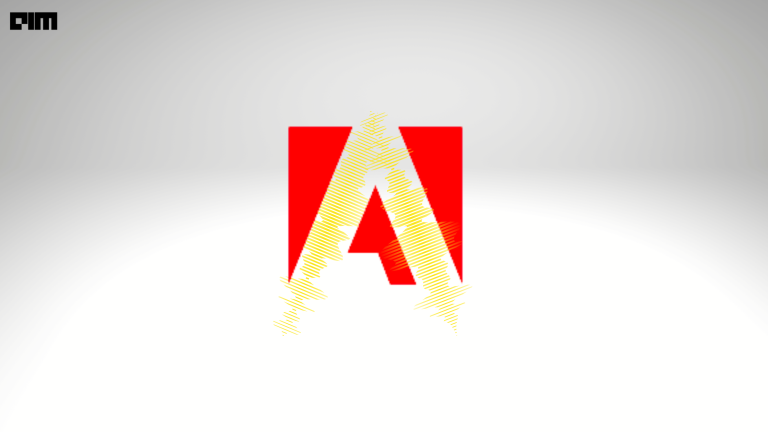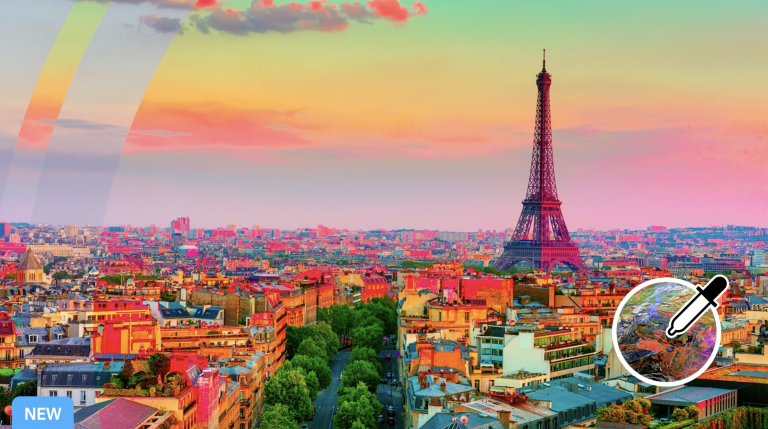|
Listen to this story
|
Software giant Adobe has introduced Generative Fill in Photoshop, a feature which brings generative AI powered Firefly directly into the hands of designers. Now, with simple text prompts, designers can add, extend, or remove content from their creations in seconds. Though the integration opens up a world of possibilities, the news comes after yesterday a fake AI generated image of an explosion at the Pentagon went viral among some well-known media houses.
Generative Fill, currently available as a desktop beta app for Photoshop and as a module within the Firefly beta app, automatically adapts to match perspective, lighting, and style, producing results. With its natural language interface, users can generate and edit content without damaging their original image.
The recent launch of Firefly, just six weeks ago, has already been used to generate over 100 million assets, making it one of Adobe’s most popular beta releases to date. Initially focused on image and text effects, Firefly (which is trained on Adobe Stock Images) has expanded to include vector recoloring and now, generative fill.
Read: Adobe Firefly: Too Little, Too Late?
Ashley Still, Senior Vice President of Digital Media at Adobe, expressed the transformative nature of integrating Firefly into workflows, stating, “By integrating Firefly directly into workflows as a creative co-pilot, Adobe is accelerating ideation, exploration, and production for all of our customers.”
Ethically Focused
Focusing on AI ethics, Adobe has developed Content Credentials, to ensure transparency in content creation and data usage. Serving as digital “nutrition labels,” Content Credentials provide information about whether content was human-created, AI-generated, or AI-edited. This approach aligns with Adobe’s AI Ethics principles, allowing proper attribution and informed decision-making.
The need for the attention on labelling images comes in the backdrop of the AI generated hoax image of an explosion near the Pentagon in Washington DC surfaced on social media last night, causing collateral damage to the US stock market. Prominent Indian media houses including Republic and News 18 unwittingly fell prey to disseminating the image, propagating misinformation through their channels. The Arlington police officials have trashed the photo, calling it AI-generated.

















































































